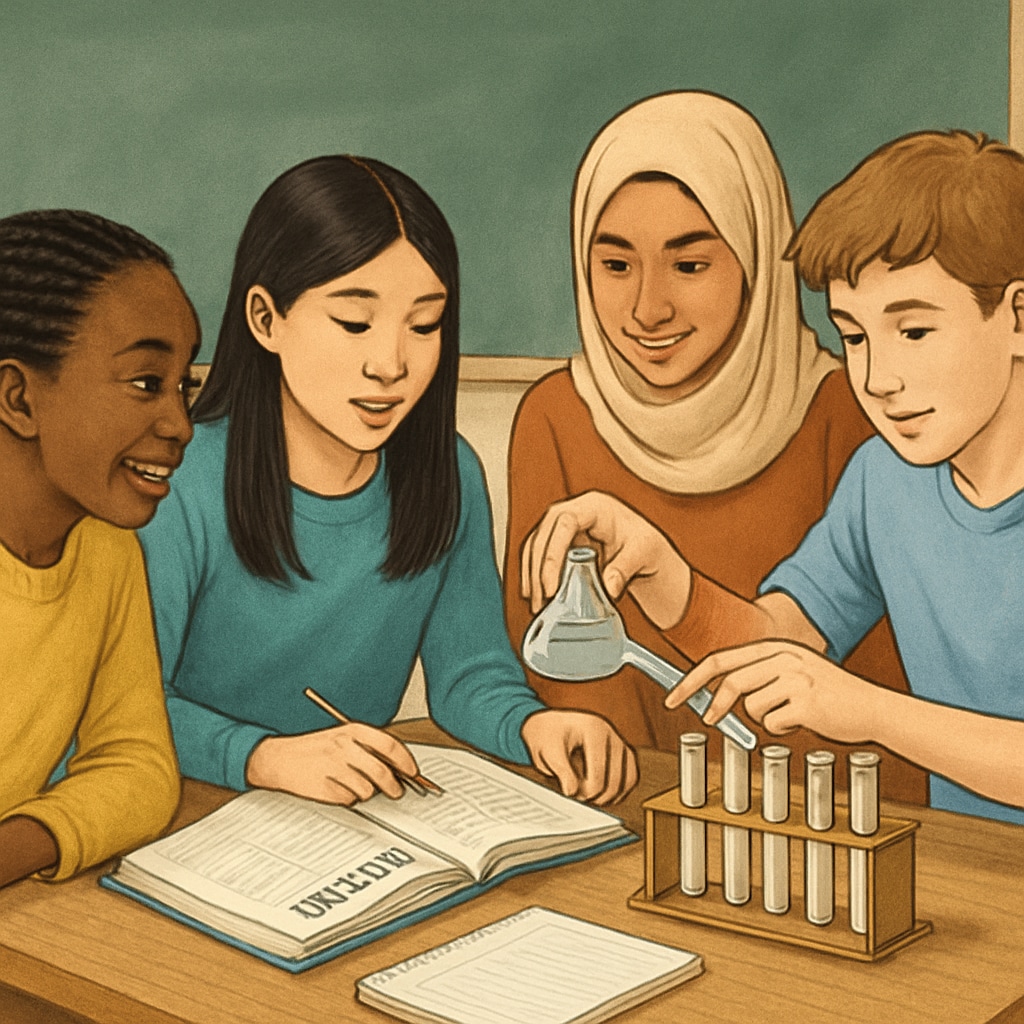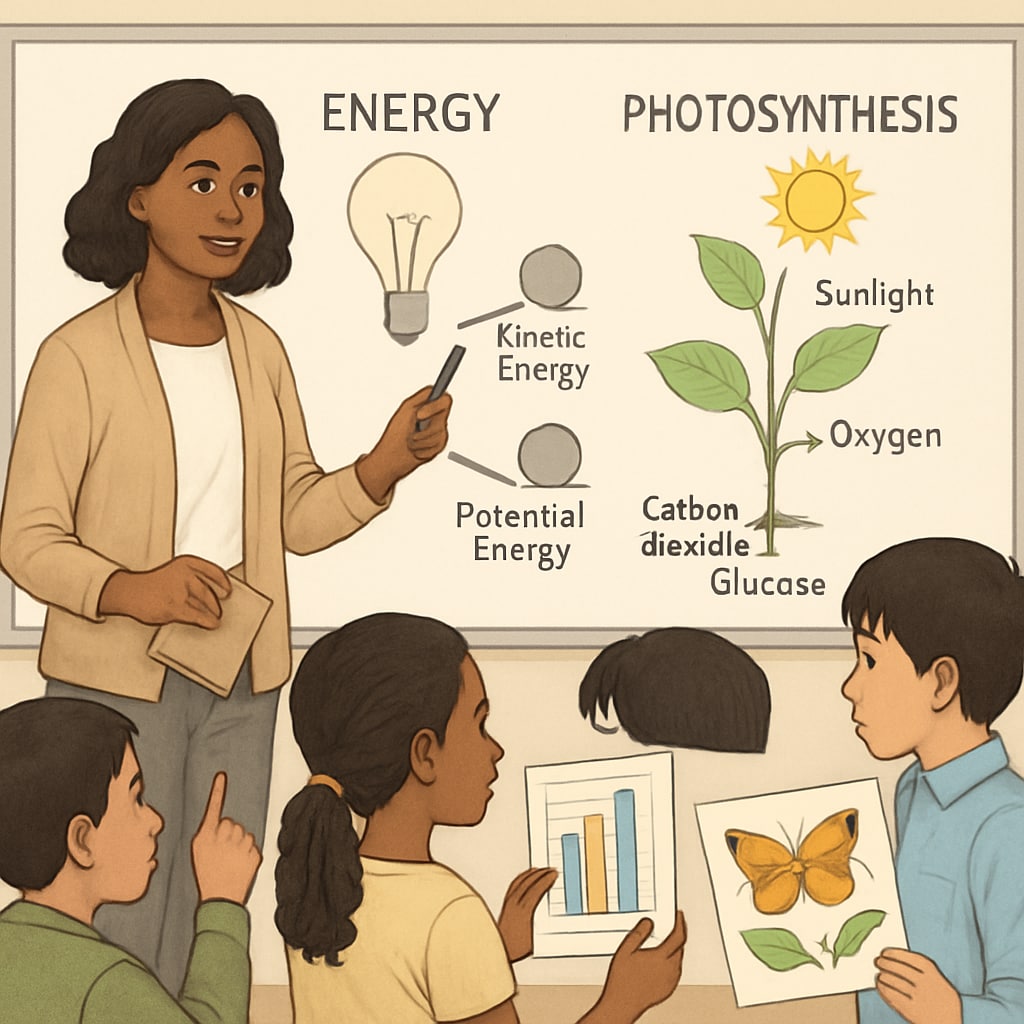In today’s diverse classrooms, high school science teachers often encounter a mix of students with varying levels of English proficiency. Supporting English language learners (ELLs) effectively while delivering complex scientific content requires intentional strategies. By using differentiation and inclusive teaching methods, educators can ensure that both language development and scientific understanding are prioritized.
Understanding the Challenges Faced by ELLs in Science Classrooms
English language learners often face unique challenges in high school science classrooms. Science relies heavily on specialized vocabulary, abstract concepts, and technical reading and writing skills. For ELLs, these demands can be overwhelming, especially when paired with the ongoing task of mastering English. Teachers must recognize these barriers to create a supportive and effective learning environment.
Some common challenges include:
- Limited understanding of scientific terminology and its context.
- Difficulty with reading complex texts, such as lab instructions or research articles.
- Struggles with expressing scientific ideas in English, both orally and in writing.
However, these challenges can be mitigated with thoughtful planning and the integration of strategies tailored to ELLs’ needs.

Effective Differentiation Strategies for ELLs in Science
Differentiation is a key strategy for supporting ELLs in science classrooms. It involves tailoring instruction to meet the diverse needs of students while maintaining high academic expectations. Below are some effective differentiation techniques:
1. Scaffolded Instruction
Scaffolding involves breaking down complex tasks into manageable steps and providing temporary supports. For example:
- Provide sentence frames to help ELLs construct scientific arguments.
- Use visual aids, such as diagrams or videos, to reinforce concepts.
- Offer bilingual glossaries for key scientific terms.
2. Use of Multimodal Resources
Incorporate resources that engage multiple senses to enhance comprehension, such as:
- Interactive simulations for visual and hands-on learning.
- Audio recordings of scientific texts to support listening skills.
- Graphic organizers to simplify complex ideas.
3. Collaborative Learning
Group activities encourage peer-to-peer interaction, providing ELLs with opportunities to practice language skills in a low-pressure setting. Assign roles that align with students’ strengths, such as drawing diagrams, leading discussions, or summarizing findings.
4. Continuous Assessment
Use formative assessments, such as exit tickets or quick quizzes, to gauge ELLs’ understanding. This allows teachers to adjust instruction as needed and provides students with timely feedback.
Building an Inclusive Classroom Environment
An inclusive classroom fosters a sense of belonging and encourages all students to participate fully. Here are some ways to create such an environment:
1. Celebrate Cultural Contributions
Incorporate examples from diverse cultures to show the global impact of science. For instance, discuss the contributions of scientists from various backgrounds or explore traditional ecological knowledge from different regions.
2. Simplify Language Without Reducing Content
While simplifying language, ensure that the rigor of scientific content remains intact. For example:
- Replace jargon with plain English where possible.
- Use short, clear sentences during instruction.
3. Foster a Growth Mindset
Encourage ELLs to see language acquisition and scientific learning as ongoing processes. Highlight their progress, celebrate small victories, and emphasize effort over perfection.

Practical Tools and Resources for ELLs in Science
To further support ELLs, leverage tools and resources that enhance both language and content learning. Some recommendations include:
- Khan Academy: Offers science lessons with subtitles and translations in multiple languages.
- National Science Teaching Association (NSTA): Provides teaching strategies and resources tailored for diverse learners.
- Interactive apps like Quizlet or Kahoot for vocabulary practice.
These resources can be integrated into lesson plans or used for independent practice.
Conclusion: Empowering ELLs Through Science Education
Supporting English language learners in high school science classrooms requires a balance of linguistic and academic strategies. By implementing differentiation techniques, fostering inclusivity, and leveraging practical resources, teachers can help ELLs overcome barriers and succeed in both language learning and scientific exploration. As a result, educators can create classrooms where all students, regardless of their English proficiency, thrive and achieve their full potential.
With intentional effort, science education can become a powerful tool for bridging language gaps and inspiring the next generation of scientists.


